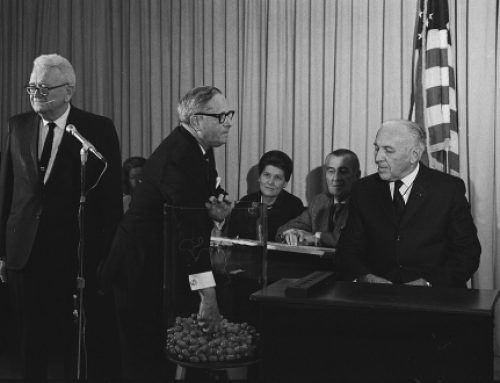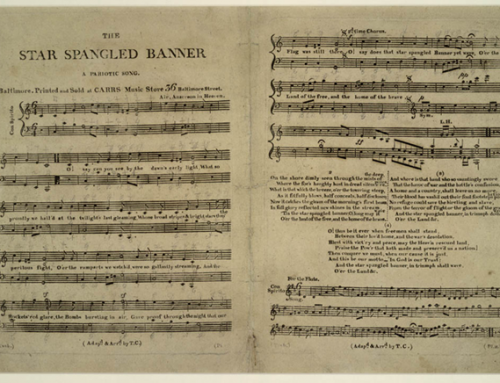December 16 – Battle of the Bulge
December 16 1944 – January 16, 1945
The Battle of the Bulge (December 16, 1944–January 16, 1945), also known as the Ardennes Offensive, was the largest battle fought on the Western Front in Europe during World War II; it is also the largest battle ever fought by the United States Army. It was a German offensive intended to drive a wedge between the American and British armies in France and the Low Countries and recapture the port of Antwerp in the Netherlands to deny the Allies use of the port facilities. The German codename for the buildup to the offensive was Watch on the Rhine (Wacht am Rhine). The actual offensive was codenamed Operation Autumn Mist (Unternehmen Herbstnebel).
It fell far short of its goals but managed to create a bulge in the American lines 50 miles wide and 70 miles deep, which gave the struggle its name “The Battle of the Bulge.” The initial German attack force consisted of more than 200,000 men, around 1,000 tanks and assault guns (including the new 70-ton Tiger II tanks) and 1,900 artillery pieces, supported by 2,000 aircraft. In the opening phases of the battle, they would be facing Allied forces of 80,000 men, less than 250 pieces of armor and about 400 artillery guns. During the course of the month-long battle, some 500,000 German, 600,000 American and 55,000 British troops became involved. The Germans lost some 100,000 men killed, wounded and missing, 700 tanks and 1,600 aircraft, losses they could not replace. Allied losses—the majority of them incurred during the first week—included 90,000 men, 300 tanks and 300 aircraft, but they could make up these losses. In addition, an estimated 3,000 civilians died, some during the fighting and others executed by German combat and security forces.
The Ardennes Offensive was a massive gamble on the part of German dictator Adolf Hitler, one that he lost badly.





